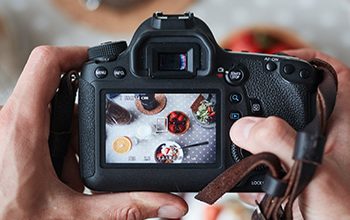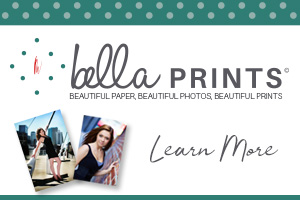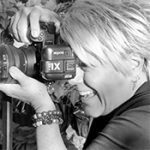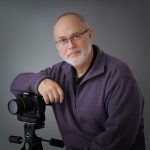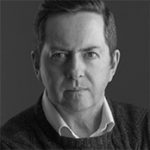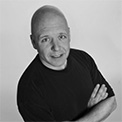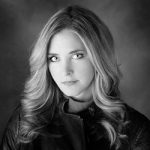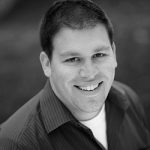Last year I moved my studio from an old furniture factory filled with software developers to a hundred-year-old building filled with artists. I am now surrounded by people who work with metal, glass, acrylic, oil, clay, and even silver nitrate. As I stare up at the body of work in my gallery, I often think about what makes me an artist. How do I fit in with my neighbors? Perhaps the answer lies in history.
The English word “photography” is derived from the Greek language; “photos” meaning light and “graphos” meaning drawing. It is now believed that the very first camera—the camera obscura– may have been discovered in China as early as 5th Century BC.
However, it wasn’t until the eleventh century that it was widely used by artists and scientists to record images. A camera obscura is not a camera as we know today, but a small dark chamber with a small hole that allowed outside light to enter and project an inverted image of the scene outside. In fact, there is considerable evidence that the camera obscura was used extensively by the Dutch masters. It is highly likely that both Rembrandt and Vermeer used a camera obscura as a tool to create art.
In the modern epoch of photography, the initial paradigm was that the camera was a tool to record rather than to create. A great example of this is Mathew Brady’s Daguerreotype images of the Civil War. Brady’s work had a monumental impact on society by showing shocking images of war that had never been seen before. Yet, photography was not universally thought of as a creative, visual form of expression until well into the twentieth century.
Alfred Stieglitz was one of the pioneers who pushed photography as an art form. He founded a gallery in Midtown Manhattan, originally called the “Little Galleries of Photo-Secession,” that featured photography alongside the avant-garde works of European artists like Matisse, Rodin, Cezanne, and Picasso. French photographer, Henri Cartier-Bresson, a pioneer of street photography and the originator of the “Decisive Moment,” furthered the concept of photography as an art form in 1947, when the Museum of Modern Art in New York featured a retrospective of his work.
So, there is certainly historical precedent for photography as an art form. But is all photography art? What if I were to take a picture of a fancy dessert at a restaurant. Is that art or is it a record of someone else’s creation? What about the forensic photographer that photographs a crime scene? Certainly not art, right? Or is it?
The fundamental question is what differentiates a photograph that is “art” versus a “record” of a moment in time. My theory is that the discriminator between “art” and “record” depends on what happens in the minutes and seconds before the shutter release is pressed. The instant that the shutter is pressed is the decisive moment. For example, before I take a landscape photograph, I’ll explore the scene from different angles and perspectives trying to leverage compositional techniques to create the biggest impact.
I’ll put my camera on a tripod and adjust my camera settings to ensure that I have the desired depth of field without diffraction. I might even calculate my hyperfocal distance to ensure that I have sharpness throughout the scene. Ideally, the timing of my shoot will leverage the optimum quality of light. After I’ve pressed the shutter release, I’ve hopefully created art. I might even tweak my art by making edits in Photoshop. On the other hand, if I hold my camera up to the scene without any of these considerations and take a quick snapshot, I’ve simply recorded the scene.
If I’m shooting a portrait in my studio, I will adjust my lighting and posing so that my guests will look their very best. I’ll think about color harmony and style and choose a complementary background. I’ll work with my guests to capture images that are fun and creative and tell the story of who they are. These are things, in my mind, that mark my work a creation–an artwork–as opposed to a record. Being a good photographer is being a good artist. It takes skills, experience, and creativity.

So, the challenge we all have as photographers is to shift our paradigm from capturing a moment in time to creating art. Classes and workshops, like those offered by PPA and its community networks, are a good way of boosting your skills so you can become better artists. The fundamental challenge is to start thinking like an artist and not just someone who is recording a moment in time. Surrounding yourself with artists doesn’t hurt either.



